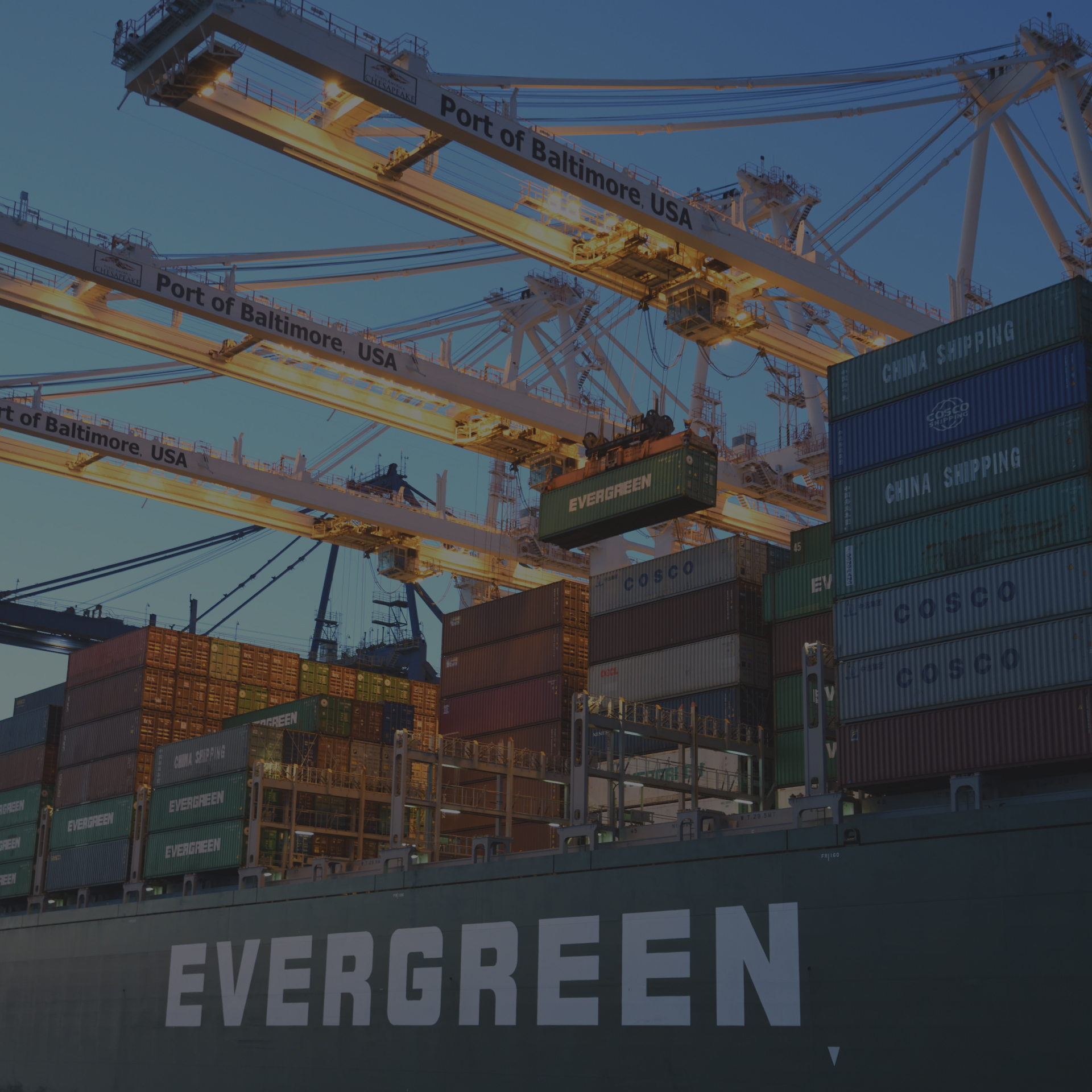Shipping CNC machined parts requires careful planning, packaging, handling, and transportation to ensure that components arrive safely, intact, and ready for use. As precision-engineered products, CNC-machined parts demand meticulous attention to detail, protection from potential damage, and adherence to quality standards throughout the shipping process. This guide highlights best practices, considerations, and recommendations for shipping CNC machined parts effectively and efficiently.
Handling and Transportation
- Secure Handling: Train personnel and partners on proper handling techniques, procedures, and protocols for lifting, loading, unloading, and transporting CNC machined parts to minimize risks, errors, and incidents that could compromise product integrity.
- Shipping Options: Evaluate shipping options, carriers, services, and routes to identify the most reliable, cost-effective, and expedient solutions for transporting CNC machined parts domestically or internationally. Consider factors such as transit time, tracking capabilities, insurance coverage, and handling requirements when selecting shipping providers.
- Regulatory Compliance: Ensure compliance with regulatory, legal, and industry standards, requirements, and guidelines governing the transportation of CNC machined parts, including packaging, labeling, documentation, and hazardous material handling, if applicable.

